Ecosystem-Based Science Lesson Plans Developed for this Site
Introduction to Table of Contents
The ecosystem of which striped bass are a part is dynamic and constantly changing primarily due to the seasonal migrations of many of the predators and prey that make up a complex food web.
Lesson plans are constantly being developed and added to this site by students and teachers who have conducted research at the MBL. These lesson plans provide material that can be added to curricula.
To aid in the incorporation of material into the classroom setting, the categories and subcategories in the Table of Contents that follow are similar to those present in the 2016 Massachusetts Science and Technology/Engineering Standards. A subcategory in yellow has a lesson plan available. Please check the Table of Contents frequently to determine when new Lesson Plans are added. If you have a specific need for your class or you have a Lesson Plan you would like to contribute, don’t hesitate to contact us.
Table of Contents
Science Functioning of Organisms
Heredity: Inheritance, Variation in Traits (LS)
Interrelationships: Organisms,Populations Environment (LS,PS,ESS) — Seasonal Patterns of Change
Interrelationships: Organisms,Populations Environment (LS,PS,ESS) — Biotic and abiotic factors affecting biodiversity and ecosystem health
- Factors that affect ecosystem carrying capacity
- Abiotic Availability of resources
- Maximum sustainable yield and aquaculture
Engineering/Technology Science (ETS, PS)
- Underwater ROV Engineering
- Robotic fish
- Tagging Data
- Tagging Technology
- Non-invasive identification
- Underwater Photography/Videography
Interdisciplinary Studies
Links
Science Functioning of Organisms
Anatomy and Classification
StripedBassMagic.org – Anatomy of Striped Bass
Behavior
Life Cycles
StripedBassMagic.org – Life Cycle & History of Striped Bass Lesson Plan
Neuroscience
Physiology
Respiration
StripedBassMagic.org – Countercurrent Exchange of Oxygen Across Fish Gills
Osmoregulation and Ion Balance
StripedBassMagic.org – Osmoregulation and Ion Balance of a Euryhaline Fish
Sensory Systems
Magnetoreception
StripedBassMagic.org – Magnetoreception
Sonar/Echolocation
Heredity: Inheritance, Variation in Traits (LS)
StripedBassMagic.org – Human Circadian Rhythms and Fish Migration
StripedBassMagic.org – Heredity: Inheritance, Variation in Traits (LS)
Interrelationships: Organisms, Populations, Environment: Seasonal Patterns of Change
Food Webs
StripedBassMagic.org – Explore the Lives of Striped Bass Through a Food Web
Diversity
Habitat Use
StripedBassMagic.org – Life Cycle & History of Striped Bass Lesson Plan
Marine Microbes
Plankton
Habitat
Migration
StripedBassMagic.org – Striped Bass: What Type of Water Do They Live In and Why Do They Migrate?
StripedBassMagic.org – Migration Lesson Plan
StripedBassMagic.org – Mapping Striped Bass Migration
StripedBassMagic.org – Environmental Trigger(s) for Striped Bass Migration
Predator-Prey Interrelationships
StripedBassMagic.org – Predator & Prey Relationships Lesson Plan
Salinity and the Distribution of Organisms
Salinity and Striper Prey
Spawning
StripedBassMagic.org – Life Cycle & History of Striped Bass Lesson Plan
Interrelationships: Organisms, Populations, Environment: Biotic and abiotic factors affecting biodiversity and ecosystem health
Factors that affect ecosystem carrying capacity
Biotic
Feeding Relationships
Symbiosis
Competition
Disease
Human Impacts
StripedBassMagic.org – Life of a Fisher Board Game
StripedBassMagic.org – Commercial Fishing Board Game
Pollution
StripedBassMagic.org – Pollution Lesson Plan
StripedBassMagic.org – PCB Pollution
Abiotic
Availability of Resources
Climate & Climate Change
StripedBassMagic.org – Climate and Climate Change Lesson Plan
Water Conditions
Weather Conditions
Maximum Sustainable Yield and Aquaculture
Engineering/Technology Science
Underwater ROV engineering
ROV design and physics principles
Basic electrical theory and DC motors
Controller design/writing computer code
StripedBassMagic.org – ROV Controller Design
Robotic Fish
Buoyancy
Tagging Data
Tagging Technology
External Tags
StripedBassMagic.org – Techniques Used in Placing External and Acoustic Tags to Striped Bass
StripedBassMagic.org – Techniques Used in Placing External and PIT Tags to Striped Bass
PIT Tags
StripedBassMagic.org – Techniques Used in Placing External and PIT Tags to Striped Bass
Acoustic Tags
StripedBassMagic.org – Techniques Used in Placing External and Acoustic Tags to Striped Bass

